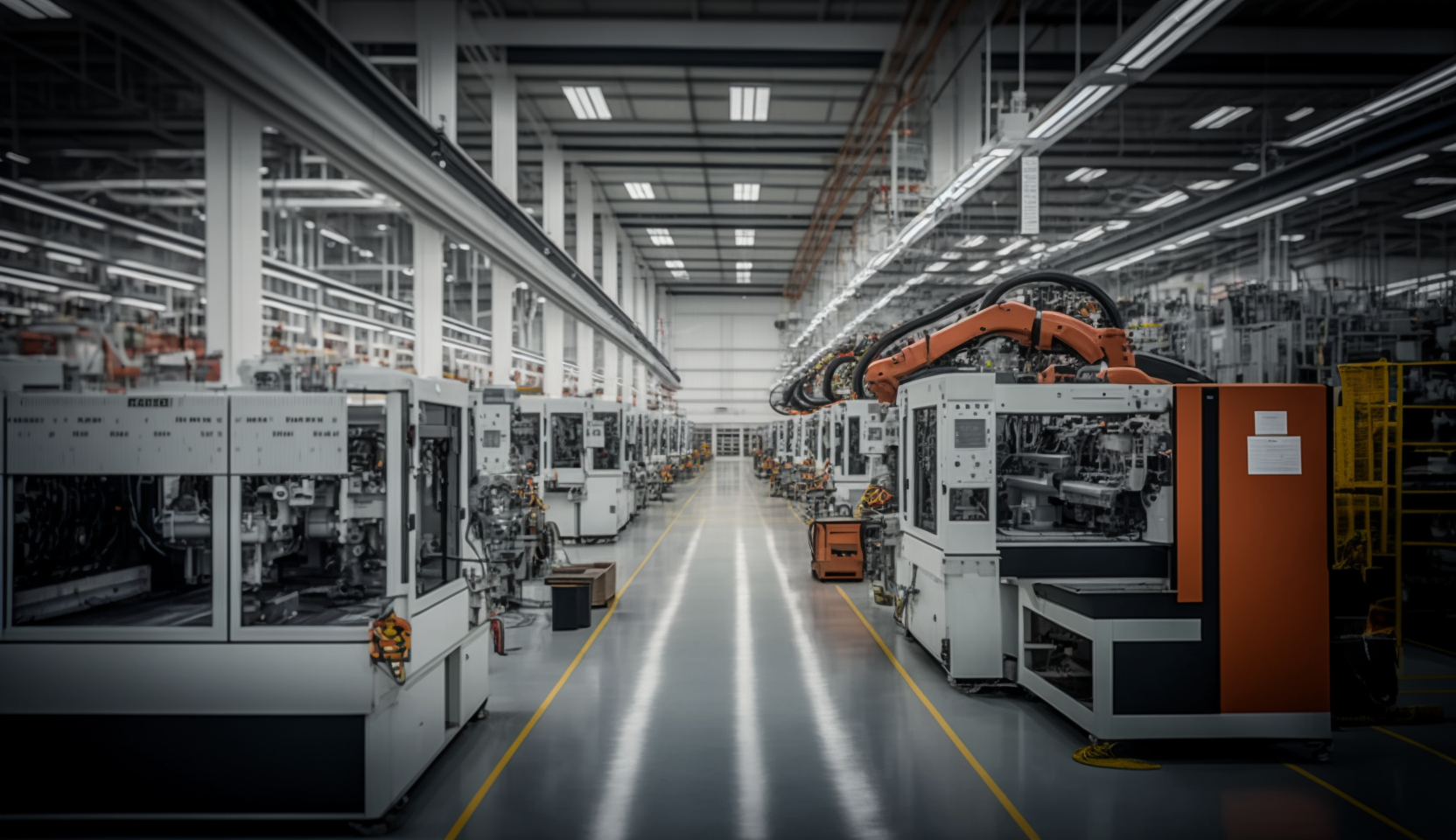The United States government has fired a major salvo in the escalating electric vehicle (EV) battleground with China, slapping heavy tariffs on Chinese EV imports as well as key battery materials and components. While the move aims to protect American jobs and manufacturers, it carries significant implications for automakers, suppliers, and investor portfolios on both sides of the Pacific.
At the center of the new trade barriers is a 100% tariff on Chinese-made EVs entering the U.S. market. The administration has also imposed 25% duties on lithium-ion batteries, battery parts, and critical minerals like graphite, permanent magnets, and cobalt used in EV production.
For American automakers like Tesla, General Motors, and Ford, the tariffs could provide a substantial competitive advantage on home soil. By erecting steep import costs on Chinese EVs, it makes their domestically produced electric models immediately more price competitive versus foreign rivals. This pricing edge could help ramp up EV sales for Detroit’s Big Three as they work to gain traction in this burgeoning market.
The tariffs represent a major headache for Chinese automakers like BYD that have ambitions to crack the lucrative U.S. EV market. BYD and peers like Nio have been counting on American sales to drive their global expansion efforts. The 100% tariff makes their EVs essentially uncompetitive on price compared to domestic alternatives.
However, the calculus could change if Chinese EV makers ramp up battery production and vehicle assembly closer to U.S. shores. BYD has already established a manufacturing footprint in Mexico. If more production is localized in North America, Chinese brands may be able to circumvent the duties while realizing lower logistics costs.
The impacts extend beyond just automakers. Battery material suppliers and lithium producers could face production cuts and lower pricing if Chinese EV demand softens due to fewer exports heading stateside. Major lithium producers like Albemarle and SQM saw shares dip as the tariff news increased global oversupply fears.
But if U.S. electric vehicle adoption accelerates in response to the import barriers, it could create new demand for lithium and other battery materials from domestic sources, analysts note. North American miners and processors may emerge as beneficiaries as automakers look to localize their supply chains.
Of course, trade disputes cut both ways. There are risks that China could retaliate against major U.S. exports or American companies operating in the country. That creates potential headwinds for a wide range of U.S. multinationals like Apple, Boeing, and Starbucks that rely on Chinese production and consumption. Any tit-for-tat actions could ripple across the global economy.
The levies also raise costs across EV supply chains at a vulnerable time. With inflation already depressing consumer demand, pricier batteries and components could curb the pace of electrification both in the U.S. and globally if passed along to car buyers. Conversely, domestic automakers have leeway to absorb higher input expenses to gain market share from Chinese imports.
With EV competition heating up between the world’s two largest economies, investors will need to scrupulously analyze potential winners and losers from the unfolding trade battle across the electric auto ecosystem. In the near-term, the tariffs appear to boost American legacy automakers while putting China’s crop of upstart EV makers on the defensive. Global battery and mineral suppliers face an uncertain shake-up.
Over the longer haul, costs, capital outlays, production geography, and consumer demand dynamics will ultimately determine the fallout’s enduring market impacts. The new levies represent a double-edged sword potentially accelerating the EV transition in the U.S. while fracturing previously integrated cross-border supply lines.
Prudent investors should weigh both the risks and opportunities across the entire EV value chain. While headline-grabbing, tariffs alone won’t determine winners and losers in the seismic shift to electric mobility taking shape globally. Proactively adjusting portfolios to the changing landscape will be crucial for optimizing exposures.
Want small cap opportunities delivered straight to your inbox?
Channelchek’s free newsletter will give you exclusive access to our expert research, news, and insights to help you make informed investment decisions.

